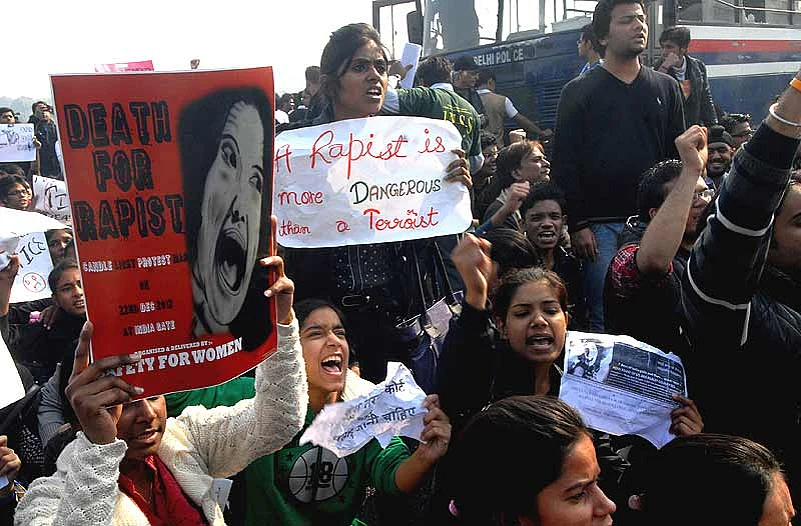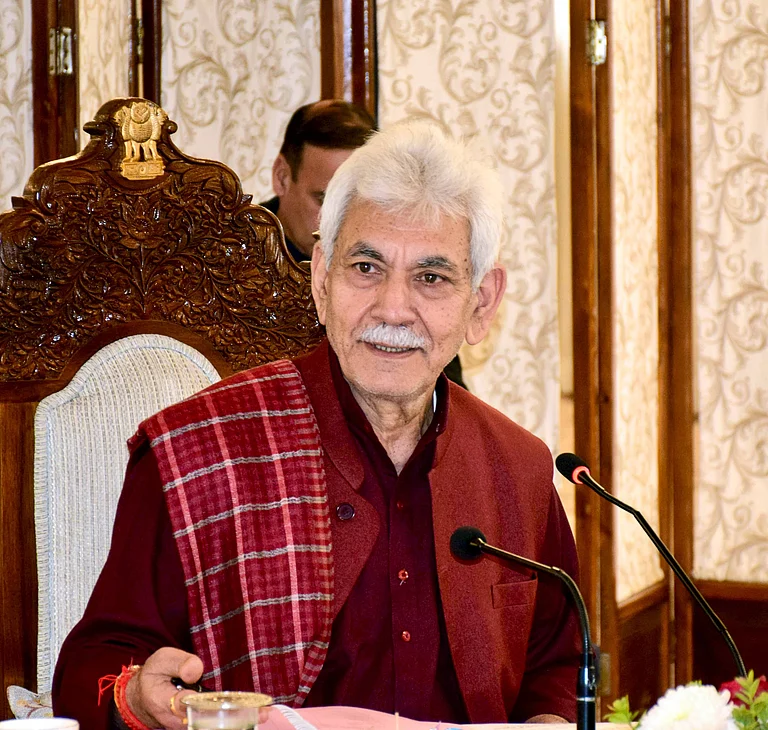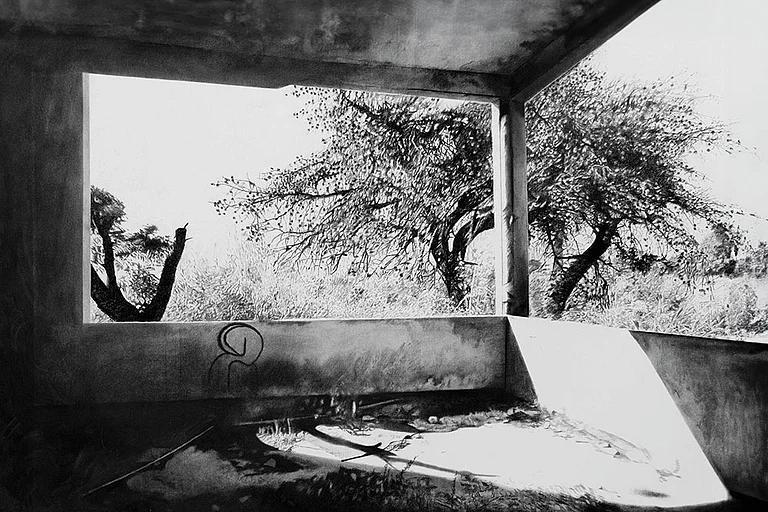“Imagine if the woman I have been married to for 20 years one day turns around and says I have raped her. It will shake the institution of marriage if marital rape is recognised as rape.”—Bharatiya Janata Party leader Rajiv Pratap Rudy
member of the parliamentary committee which deliberated the Criminal Law Amendment Bill, 2012
The parliamentary panel submitted its report after only eight sittings, tabling it in the Lok Sabha on March 4—a record time, members say, that underlines the seriousness with which Parliament has dealt with the issue of rape. And to be sure, Rajiv Pratap Rudy’s squeamishness in acknowledging marital rape within the walls of domesticity—a view shared by the overwhelmingly male-dominated parliamentary committee—finds an echo in the Union cabinet that is mulling over a draft bill meant to protect women.
But marital rape is just one prickly debate the government is grappling with. Cases of rape and sexual abuse by the armed forces in conflict areas is an equally sticky point. As is rape by men in power/authority. One would have assumed a legislation meant to protect women would factor in the most stringent of penalties—the Justice Verma panel report, out on January 23, held out against the public mood for a death penalty in the aftermath of the Delhi gangrape but plumped for a life term.
At the time of going to press, though, the government’s intentions were still unclear. It’s been vacillating for long. Besides the degree of punishment, a fundamental dilemma is how to define sexual assault. Should it privilege the canonical expression of “the aggressor male” preying on a “female victim”? The 2012 bill had leant towards a broader definition, covering all manner of non-penetrative sexual assault. It also “gender-neutralised” the victim, including transgenders, boys et al. Stalking was included for the first time, as was acid attacks. The victim’s “character” too would no longer be a factor: another progressive element. But women activists wanted an exclusive rape law dealing with female victims. They were also upset with marital rape being outside its purview. And the raising of the age of consent, ostensibly a ‘protective’ move, pleased none. Many of these themes are still playing out after the legislative process ran smack into the most extraordinary public mobilisation on rape after the gruesome Delhi event.
Things accelerated thereafter. The government, impatient with the Verma report’s well-considered suggestions, issued the Criminal Law (Amendment) Ordinance, 2013, on February 3. Criticised for its gaps and its crowd-pleasing nod at the death penalty, this piece of law will lapse as this session winds up on March 22. An empowered group of ministers (EGoM) is hastily readying another draft law. The way it returns to the drawing board despite the time constraint only highlights the confusion in government over key issues.
On March 12, senior ministers revealed their apprehensions. The provisions dealing with stalking and abuse of power by men need safeguards against misuse, they said! For many, no more proof is needed of the utterly lopsided priorities shown up in the gender-weighted legislative discourse. Stalking, a rampant crime, is a prelude to more shocking acts of violence—acid attack, rape, assault—that are in many ways responsible for driving women indoors. Stories abound of women opting out of public life after being stalked, assaulted. Many stories have had dire endings. Yet, the government thinks it fit to mull over a possible misuse of the law.
Says advocate Vrinda Grover: “It appeared the government was more interested in putting in safeguards for men.” Slowly but surely, the enabling, protective elements get diluted and compromised by ‘safeguards against misuse’.
It all seems to have unravelled from the point where the government, under pressure after the Delhi gangrape, appointed a panel under former Supreme Court chief justice J.S. Verma. Within a month, it had heard numerous testimonies from women—and suggested a judicious set of reforms that held the promise of gender parity at last. It reduced the age of consent to 16, said no to the death penalty, fixed accountability on lax officials and, above all, placed it all in the specific context of rape of women. But clearly, it was all a little too progressive for the government. It chose to react with an ordinance filled with a contrary spirit.
Even now, surely, it can be asked: what exactly prevents the government from adopting the Verma panel recommendations? Why is the government starting work from scratch? What stops it from acknowledging the gravity—and indeed, the very existence—of categories of sexual crime. Even if not in toto, it is this set of enlightened suggestions that need to become the starting point of parliamentary debate—not a retrogressive legislation that in name protects women, but dilutes it in the name of making it comprehensive and then tries and build safeguards for men?


























